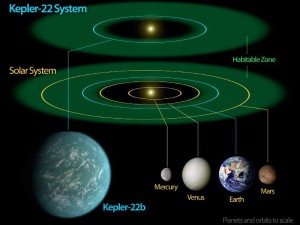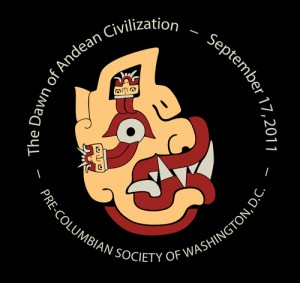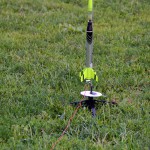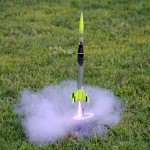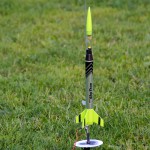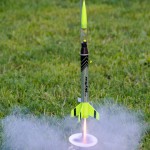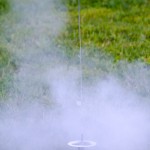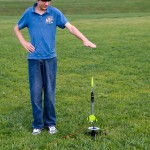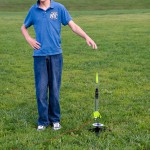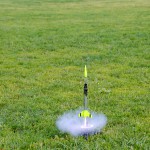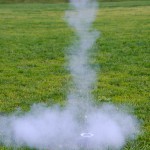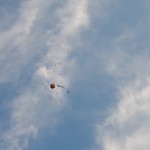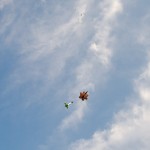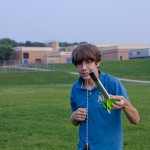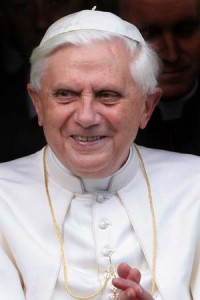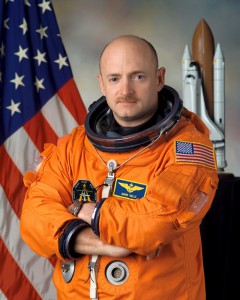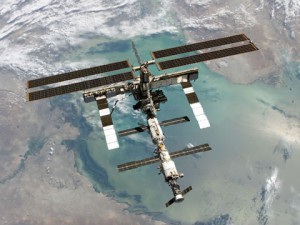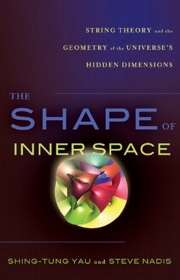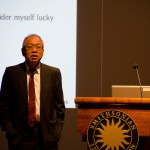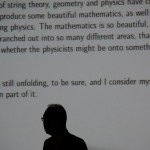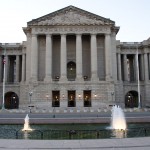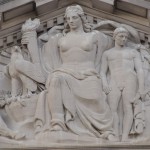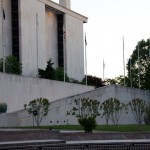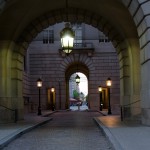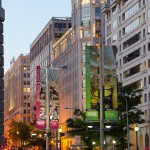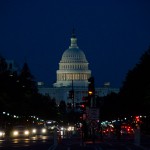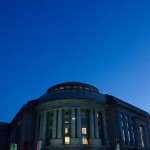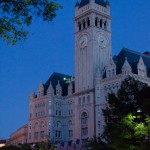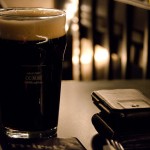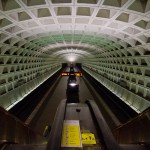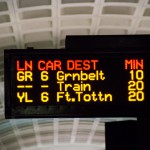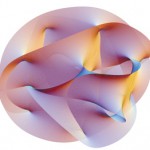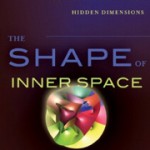Mon 5 Dec 2011
Kepler-22b: First Habitable-Zone planet found
Posted by boz under ScienceComments Off on Kepler-22b: First Habitable-Zone planet found
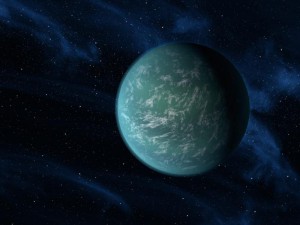
Scientists at NASA announced today that they have discovered the first (probably rocky) “superEarth” planet orbiting in the “habitable zone” of a Sun-like star. The “habitable zone” is an orbit where liquid water is possible on the surface of the planet.
This newly discovered planet is a “superEarth” because it is only ~2.4 times the size of the earth, and thus not a gas-giant. Gas-giant planets have previously been discovered in such habitable zone orbits of stars, but this is the first earth-type (i.e. rocky) planet. Gas giants in general are not considered capable of supporting life (as we know it).
On the other hand, Earth-like rocky planets in habitable zones are capable of supporting life. Kepler-22b is estimated to have an average surface temp of about 72 degrees Fahrenheit. Nice!
Discoveries like these really do hint that life may very well be possible in lots of other systems in the universe. In order to detect such planets, their orbits must be “on-edge” in relation to us. Specialized telescopes like the Kepler can detect the (slight) dimming of the light from the star as the planet travels in front of the star (between us and the star). If the orbit of the planet was off-edge (in relation to us), it wouldn’t block the light from the star anytime during it’s orbit, so wouldn’t be detected. So, it is quite likely that there are many more such planets we can’t detect via this method. Wow!

